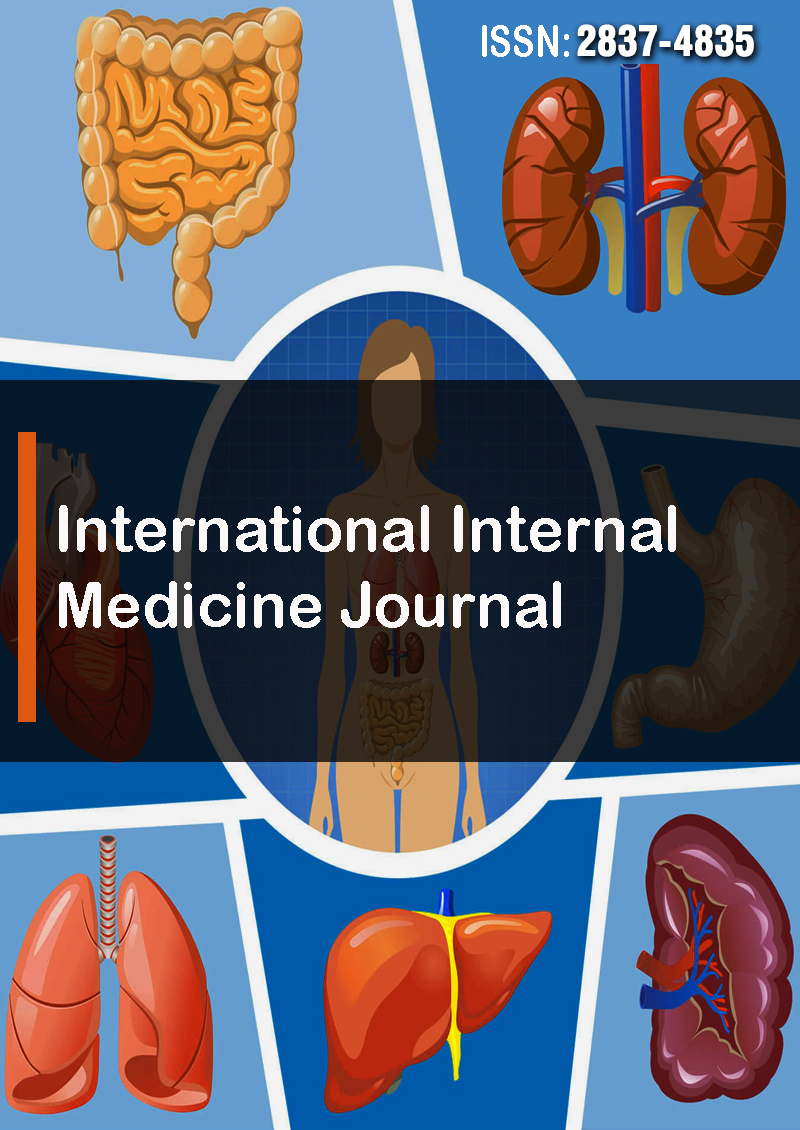Betel Quid Chewing and Alcohol Consumption Co-Variate with Detection of Epstein-Barr Virus (EBV) DNA in Oral Squamous Cell Carcinoma Tissues: Preliminary Evidence from a Subset of an Unmatched Case-Control Study
Abstract
Manosha Lakmali Perera, Irosha Rukmali Perera, P. Kirupakaran and Suresh Shanmuganathan
Introduction: There is a dearth of information on the detection of oncogenic EBV in oral squamous cell carcinoma tissues in the Sri Lankan context. This subset of an unmatched case-control study aims to detect EBV-DNA in oral squamous cell carcinoma tissues of a group of Sri Lankan male patients.
Method: Subset was selected representing the vast majority of OSCC patients in Sri Lanka, from an unmatched case-control study. Incisional biopsies of cases and excisional biopsies of controls were collected and stored at -800 C. DNA was extracted from frozen specimens, and Real-Time PCR was performed to detect target DNA of this ubiquitous virus, in histologically confirmed 27 Oral Squamous Cell Carcinoma (OSCC) cases and clinically diagnosed 26 Fibroepithelial-Polyp (FEP) controls with better quality DNA. Socio-demographic and substance abuse data were collected from 29 cases and 25 controls by a pretested interviewer-administered questionnaire, and the data were entered and analyzed using the SPSS-21 Statistical Package.
Results: Descriptive and inferential statistics were used to determine the significance of qualitative and quantitative data statistically. The overall EBV prevalence was 34/53 (64.2%). In OSCC cases the EBV positivity was higher 21(77.8%) than the FEP controls 13 (50.0%), and this difference was statistically significant (p = 0.035). The cases were higher betel quid chewers (p = 0.003) and heavy alcohol consumers (p =0.001) than the control group.
Conclusion: Betel quid chewing and alcohol consumption co-variate with the detection of Epstein-Barr virus (EBV) DNA in oral squamous cell carcinoma tissues which warrants further investigations.



